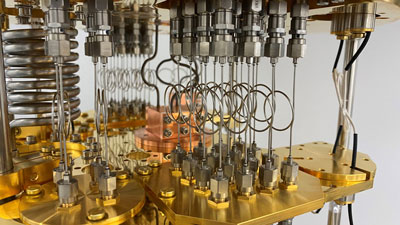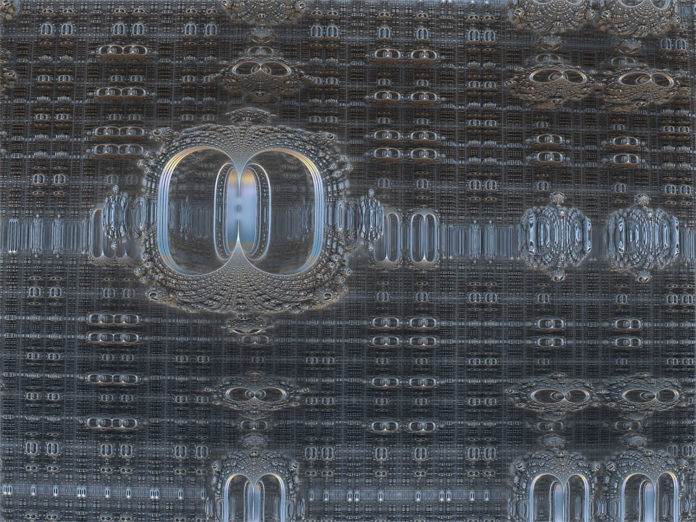The potential of quantum computers lies in an inability to process ‘qubits.’ Resetting qubits includes linking them to photons in a resonator device.
The qubit transfers its energy to the resonator, after which the photon in the resonator decays, releasing its energy to the environment. This process causes the qubit state to drop back to the ground state (zero).
However, the problem with this method is that permanent entanglement to a decaying photon rapidly degrades the qubit‘s quality so that it rapidly ceases to be useful for future operations.
Two RIKEN physicists have proposed a fast and controllable way to hit reset to address this issue.
The proposed building is a resonator that can be controlled using an additional junction made by sandwiching a superconducting material with an insulator, a normal metal, another insulator, and another superconductor. This layered junction is controlled by applying a voltage.

This setup can be tuned during the qubit operation to avoid photon decay. Changing voltage after completion of the operation allows the photon to release energy.
Jaw Shen Tsai, a quantum physicist at the RIKEN Center for Quantum Computing, said, “This adjustable resonator is the key to our proposal.”
Teruaki Yoshioka, a physicist at RIKEN, said, “Our simulations suggest we could reset the qubit in 80 nanoseconds, with 99.0% fidelity.”
Tsai said, “This device should be very useful if we can implement it in a quantum circuit.”
Journal Reference:
- Yoshioka, T. & Tsai, J. S. Fast unconditional initialization for superconducting qubit and resonator using quantum-circuit refrigerator. Applied Physics Letters 119 124003 (2021). DOI: 10.1063/5.0057894
